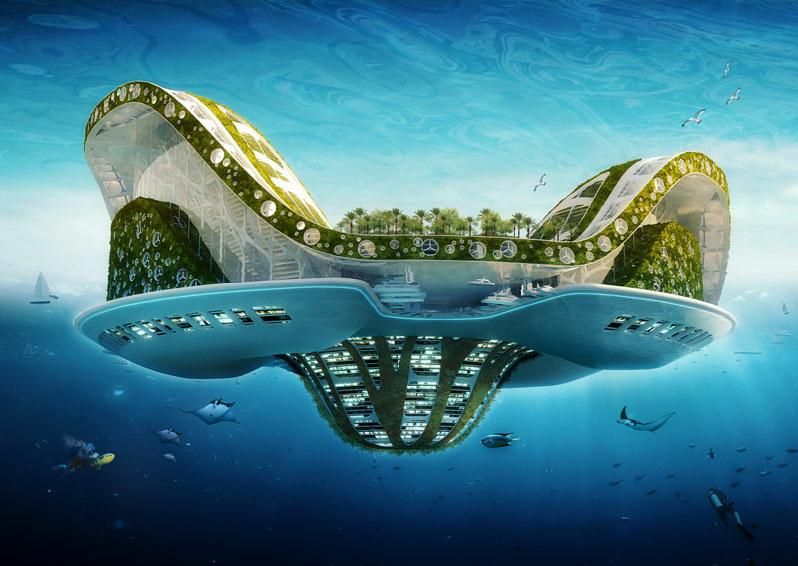It occurred to me a few weeks ago, when I was writing about the threat of rising sea levels to the Maldive Islands, and the plan to create a floating national alternative to the current islands, that anyone with enough financial resources could build a floating nation in the middle of the ocean. What would stop them?
An Historic Example of Floating Islands
When the Spanish arrived in Mexico in the early 16th century, and marched overland to Tenochtitlan, they discovered a capital city in the middle of a Lake Texcoco, surrounded by floating gardens, called chinampas. These artificial islands produced much of the produce needed to feed the growing city. Chinampas varied in size from 100 to 850 square meters (1,076 to 9,150 square feet).
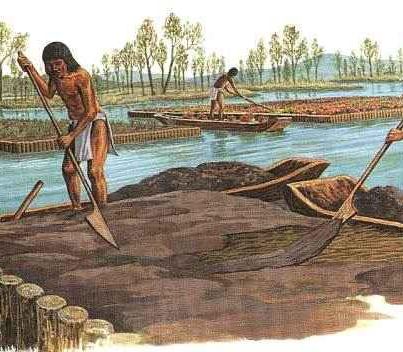
Where the Maldive Islands are seeking a floating island solution to save an existing nation’s population, “seasteading” represents a pioneering approach for those who are disaffected in their current nation and, like the Boers of South Africa, are on a trek to find a homestead on the high seas where they can define their own experiment in governance. The Seasteading Institute is a non-profit organization focused on developing floating cities and nations, what the site calls “the next generation of pioneers.”
Engineering a Nation-on-the-Sea
What kinds of technology will be needed to create an autonomous city-state on the ocean? An ocean micro-nation will need to be energy independent and environmentally sustainable. It will need to be able to produce enough food for its population and even export surpluses. It will need to create indigenous industries that will have unique drawing power to attract immigrants seeking to work in a very different environment than land-based nations.
Energy Options
If there is a place on the planet that will rely on renewable energy technology more than a seastead micro-nation I cannot name it. The options include: wave, wind and solar which we have described in other articles at this blog site. In addition these seasteads will look at ocean thermal energy conversion (OTEC) using the difference in temperature between surface ocean and deep ocean water to generate power. Currently some floating deep sea oil rigs use closed or hybrid OTEC systems. The closed system takes advantage of the thermal gradient of 20 to 25 degrees Celsius between ocean surface and deep ocean temperatures using the warmer water to vaporize a pressurized gas such as ammonia. The vapor then powers a turbine to generate energy. The cold water acts as a condenser so the vapor returns to liquid and the cycle repeats.
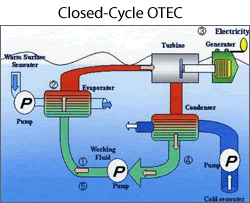
Accommodation Options
Oil and natural gas producers have been drilling in the Deep Ocean since the 1990s. Much of the material and functional infrastructure requirements for floating rigs can be incorporated into seasteads. But unlike rigs the seasteads will be permanent floating platforms that will serve as communities in which people will raise families and live much of their lives. So there must be a combination of form and functionality that provides multiple choices for residence and commercial usage.
Today there are a number of analogies to seasteading. The World is a floating residence at sea. Launched in 2002, The World is a private yacht, over 200 meters in length (644 feet) with 165 private on board residences featuring studio, two and three-bedroom apartments. The yacht continuously circumnavigates the planet stopping at ports of call. It makes no bones about who are its clientele – the super rich.
The Freedom Ship has yet to be built but unlike The World it is meant to be a solution more suited to the middle class. As envisioned it would be a private community at sea consisting of a 1.6 kilometer-long (1 mile), 25-storey high, maneuverable platform. Not a cruise ship, even though it will circumavigate the globe every two years, it will include on board parks, playgrounds, apartments, businesses, schools, libraries, shopping centres, a hospital and a small commercial airport capable of serving STOL aircraft on its top deck.
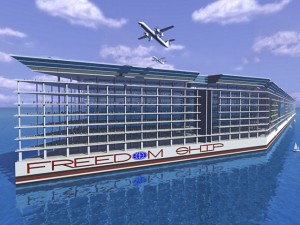
The Lilypad (seen below) was first conceived in 2008 by Vincent Callebaut Architectures. Defined as a floating ecopolis, it would incorporate the characteristics of a lilypad and would be designed to accommodate 50,000 residents. Each of these floating communities would feature a diverse environment with energy requirements delivered by a range of renewable options with CO2 filtering solar and wind turbines.
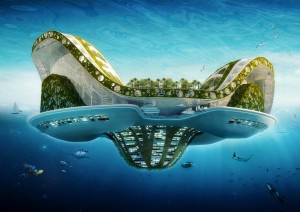
A new for-profit start up arising from the Seasteading Institute is planning to permanently establish the first quasi micro-nation 19 kilometers (12 miles) off the California coast in international waters, to serve as a commercial hub for non-visa immigrant applicants seeking jobs in the United States. Called Blueseed, the project has already peeked the interest of more than 1,000 entrepreneurs including 133 business start ups from 60 countries who have expressed interest in living on board. The project plans to launch in late 2013 or early 2014. Blueseed will not be American territory. The company intends to fly a flag of a country that follows American and English common law, for example, The Bahamas or Marshall Islands.
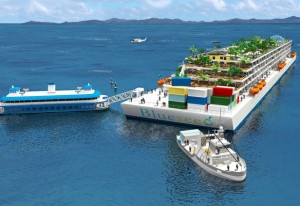
New Forms of Government
The impact of 21st century technology is just starting to be felt in the political realm. The Internet and social media sites have spawned political movements built around social causes. Political parties from countries all around the world are wrestling with these new phenomena. If Facebook were a nation today it would be the third largest in the world only surpassed by China and India.
For micro-nations at sea it won’t be the Internet that leads to experiments in new governance. This will come from the founders of these communities and from the homesteaders who are attracted to the new frontier it represents. Designed to be self sufficient, seasteads may produce a new Athens or a new Sparta, a libertarian or theocratic mini-state. Once again the world will have a new frontier but it won’t be in space. It will be right here on the surface, not on terra firma, but rather at sea.
